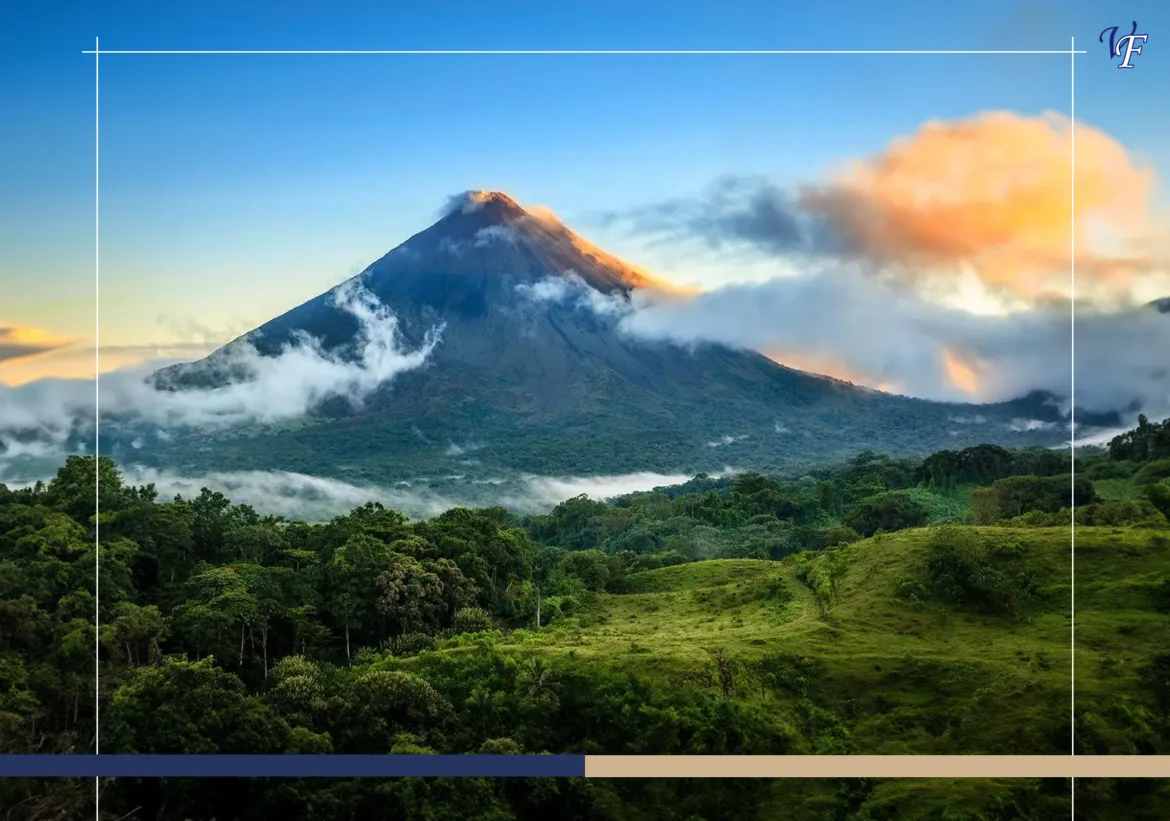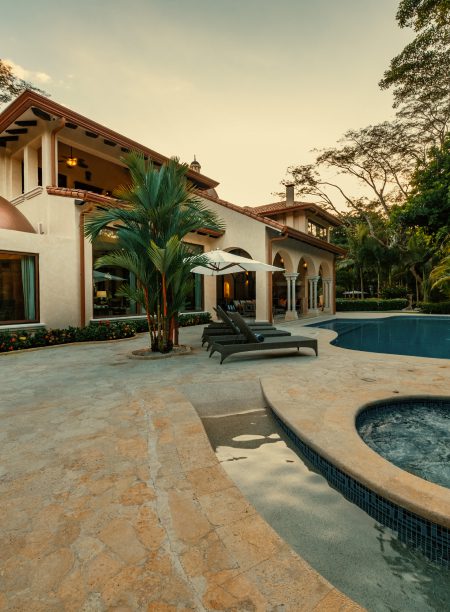Costa Rica is a land teeming with natural wonders and ancient mysteries. Among its most intriguing treasures are the Stone Spheres of Costa Rica, colossal orbs carved from stone that dot the landscape, primarily in the country’s southern region. These magnificent balls in Costa Rica are not just a testament to the ingenuity of pre-Columbian societies but also a compelling reason why visitors flock to this biodiverse country.
Each sphere is perfectly rounded and mysteriously aligned, inviting onlookers into a world where history, art, and mystery intertwine.
As we begin this exploration of the Stone Spheres, we not only delve into their enigmatic origins but also get to know why to visit Costa Rica, with its rich tapestry of culture, history, and natural beauty, for those seeking to uncover the secrets of the past while immersed in the splendor of the present.
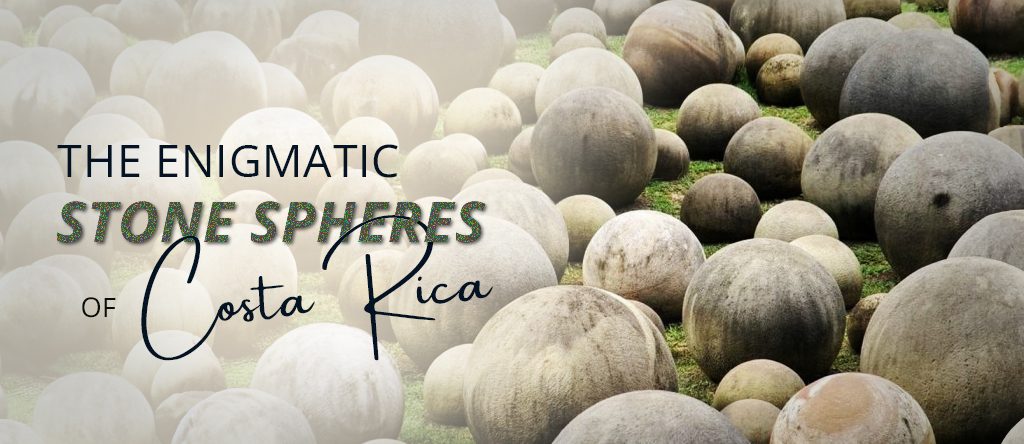
Historical Background and Geographic Setting
The journey into the heart of one of Costa Rica’s most captivating mysteries begins in the 1930s amidst the lush, untamed greenery of the Diquís Delta in the southern region. Here, workers clearing land for banana plantations first stumbled upon the enigmatic Costa Rica balls, setting off a wave of intrigue and speculation that persists to this day. These monumental Costa Rica rock spheres range from mere centimeters to over two meters in diameter. They are as baffling as they are beautiful, carved with the precision that belies their ancient origins.
The Diquís Delta, with its rich, fertile soil and sprawling rivers, served as a backdrop and a crucial player in the story of these spheres.
This area is now renowned for discovering the spheres, offering a glimpse into the advanced societies that once flourished here, societies capable of creating such monumental works without the aid of metal tools or the wheel. The spheres’ locations are scattered across various archaeological sites. It reveals a deliberate pattern, possibly reflecting the organizational and cosmological principles of the pre-Columbian inhabitants.
These sites, including Finca 6, Batambal, El Silencio, and Grijalba-2, stand today not merely as tourist destinations but as silent testimonies to the ingenuity of ancient cultures. The spheres are intimately linked to the physical landscape of Costa Rica, suggesting a harmonious balance between human creation and natural beauty. This theme resonates deeply with what Costa Rica is known for today—a commitment to conservation, culture, and history.
Beyond their enigmatic allure, the Costa Rica rock spheres symbolize the timeless dialogue between humankind and the environment. This dialogue continues to define the country’s identity on the world stage.
Description of the Spheres
The Costa Rica sphere encompasses an impressive array of sizes and craftsmanship, with diameters ranging from a few centimeters to over two meters. These artifacts are crafted from various types of stone, including durable granodiorite, limestone, and sandstone, demonstrating the remarkable skill of ancient artisans in achieving near-perfect roundness with simple stone tools.
Distributed across southern Costa Rica, notably the Diquís Delta, the placements of these spheres suggest they might have served multiple purposes—from marking celestial alignments or territorial boundaries to indicating the status of individuals. Despite being moved from their original locations over time, those that remain offer a glimpse into the symbiotic relationship between ancient societies and their natural environment.
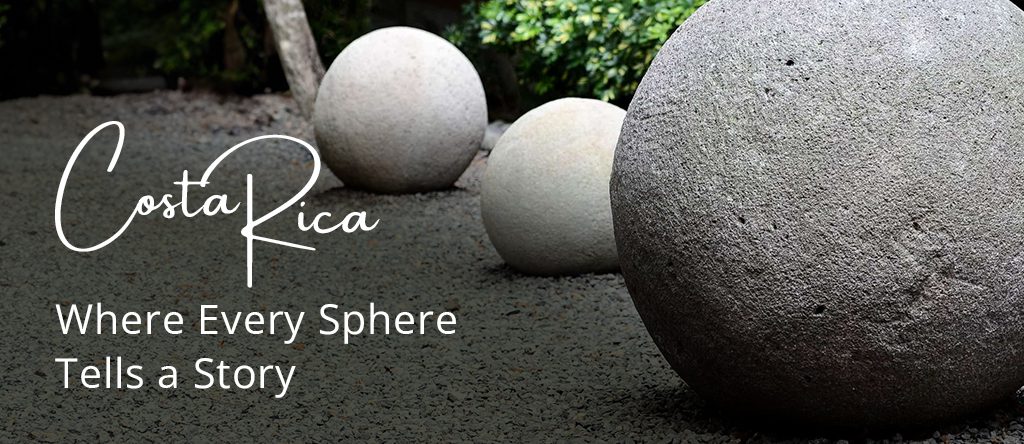
Theories and Speculations
The enigmatic Costa Rica Stone Balls have long captivated scholars and enthusiasts, giving rise to many theories regarding their origins and purposes.
Astronomically, some speculate that these spheres were precisely aligned to mirror constellations or to track celestial events, showcasing an advanced understanding of the cosmos.
Socially, they may have symbolized status or power within communities, possibly marking the homes of leaders or areas of significant communal importance.
Spiritually, the spheres might have held deeper meanings, serving as focal points for rituals or as representations of the earth and sky.
Symbolism undoubtedly played a crucial role in the creation of the spheres. Their near-perfect roundness and the deliberate choice of material—primarily the durable Costa Rica stone—suggest that these objects were imbued with significant meanings in pre-Columbian societies.
Whether as representations of celestial bodies, symbols of unity, or markers of territorial boundaries, each sphere tells a story of a culture deeply connected to its natural surroundings and celestial guideposts.
Archaeological Significance and Cultural Identity
The spheres’ significance extends beyond mere curiosity; they testify to the country’s commitment to preserving its cultural heritage. They encourage a deeper understanding and appreciation among both locals and tourists, contributing to a shared sense of identity and pride.
The Costa Rica Stone Balls are more than just archaeological wonders; they play a pivotal role in shaping the country’s identity, bridging the ancient past with the present. Costa Rica tours often highlight these spheres as key attractions, inviting visitors to delve into the pre-Columbian history and appreciate the sophistication of its early inhabitants.
For those planning their journey, the best time of year to visit Costa Rica is during the dry season, from December to April, offering an ideal climate for exploring the spheres and immersing in the country’s natural and historical wonders.
Site Description and Preservation Efforts
The round stones of Costa Rica are primarily located in the Diquís Delta, where they continue to be a focal point of archaeological interest and cultural heritage. Key sites include Finca 6, Batambal, El Silencio, and Grijalba-2, each offering unique insights into the societies that crafted these sphere stones in Costa Rica. Finca 6, notably, is part of the Pre-Columbian Chiefdom Settlements with Stone Spheres of the Diquís. This designation highlights its global significance and leads to its inclusion as a UNESCO World Heritage site.
These sites serve as guardians of history and face modern challenges in preservation. Environmental factors, human encroachment, and the illicit trade of artifacts pose continuous threats. Conservation measures have been implemented, focusing on documentation, site protection, and public education to mitigate these risks. The recognition by UNESCO underscores the universal value of these spheres and bolsters efforts to preserve them for future generations.
Tourism, Accessibility, and Symbolism in Modern Culture
The Sphere Stones in Costa Rica are not only a magnet for scholars but also tourists, and they have become an essential part of any Costa Rican travel itinerary for 10 days or longer. Visitors are encouraged to approach these sites with respect, understanding their significance beyond mere attractions. Responsible tourism practices are emphasized, including staying on designated paths, refraining from touching the spheres and supporting local conservation initiatives.
In modern culture, these ancient artifacts have transcended their archaeological roots to become symbols of Costa Rican identity. They are featured in art, media, and national discourse, reflecting the country’s pride in its indigenous heritage and natural beauty.
For those seeking to explore the mystery and beauty of these ancient creations, visiting these sites provides a profound glimpse into the past and an appreciation for the ongoing efforts to preserve such wonders.
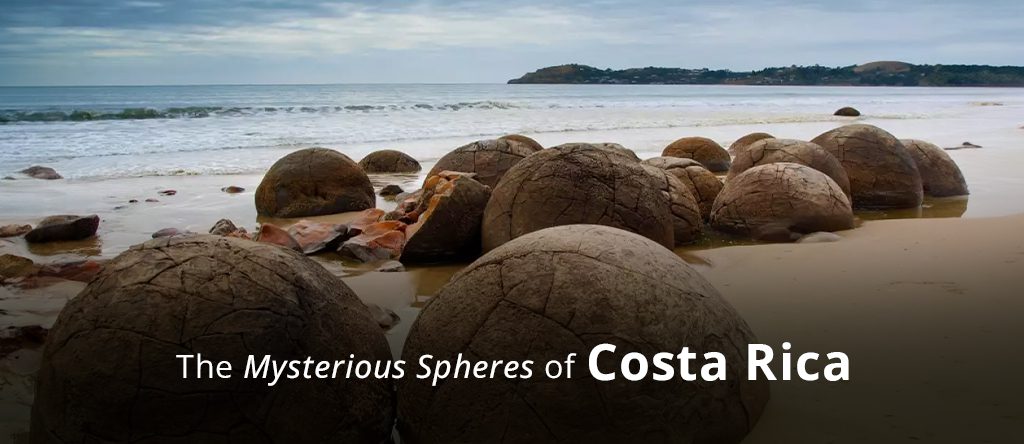
Conclusion
As we conclude our journey through the verdant landscapes and ancient mysteries of Costa Rica, the Stone Spheres stand out as relics of a bygone era and as enduring symbols of the country’s rich cultural and historical tapestry.
The sphere stones in Costa Rica offer a unique window into the pre-Columbian societies that once thrived in this region, showcasing an advanced understanding of art, geometry, and perhaps even cosmology. Yet, beyond their archaeological significance, these spheres have woven themselves into the fabric of modern Costa Rican identity, celebrated as national treasures and emblems of pride.




